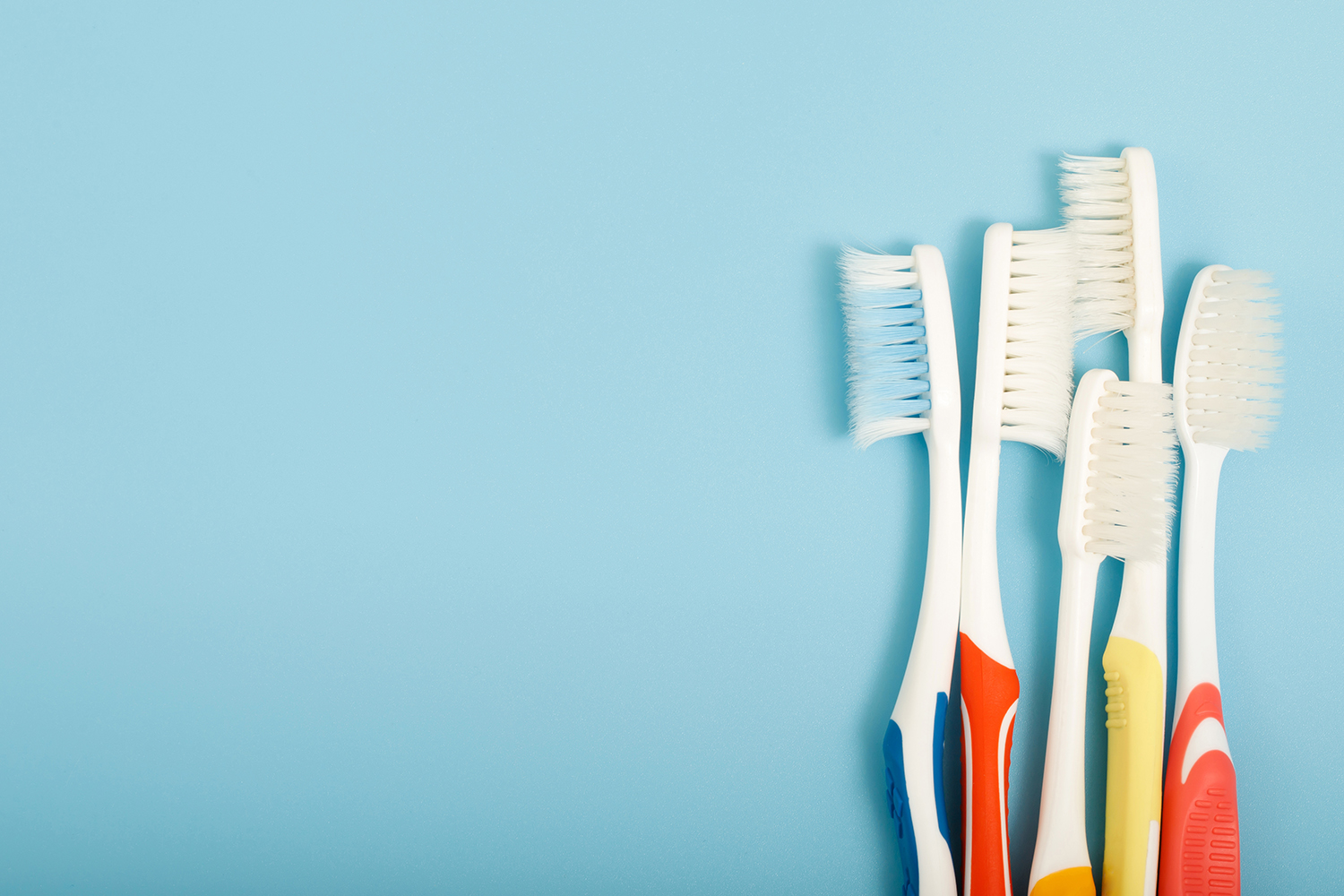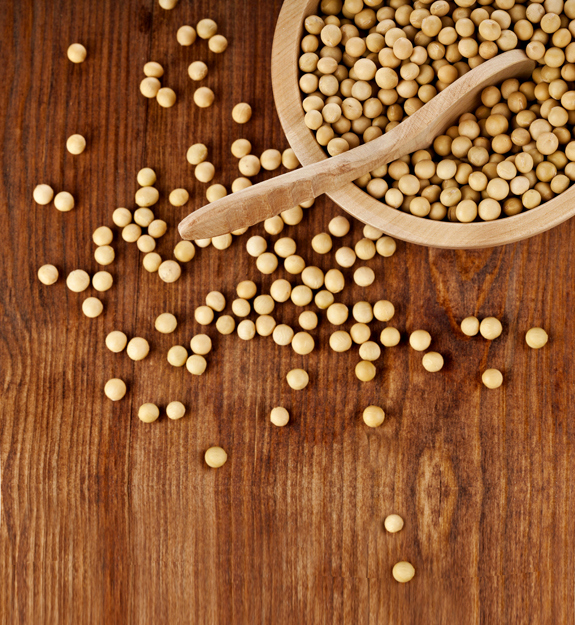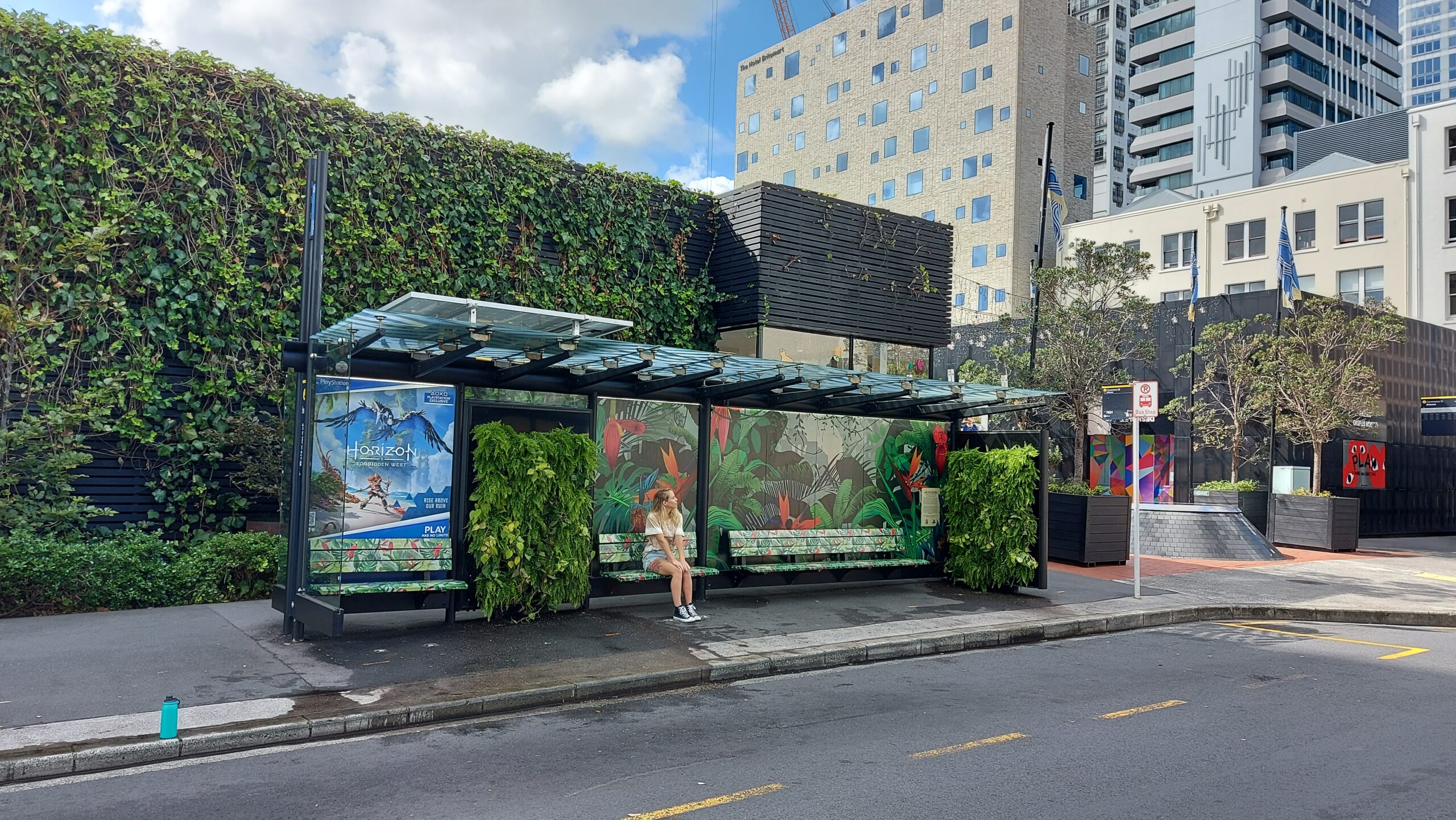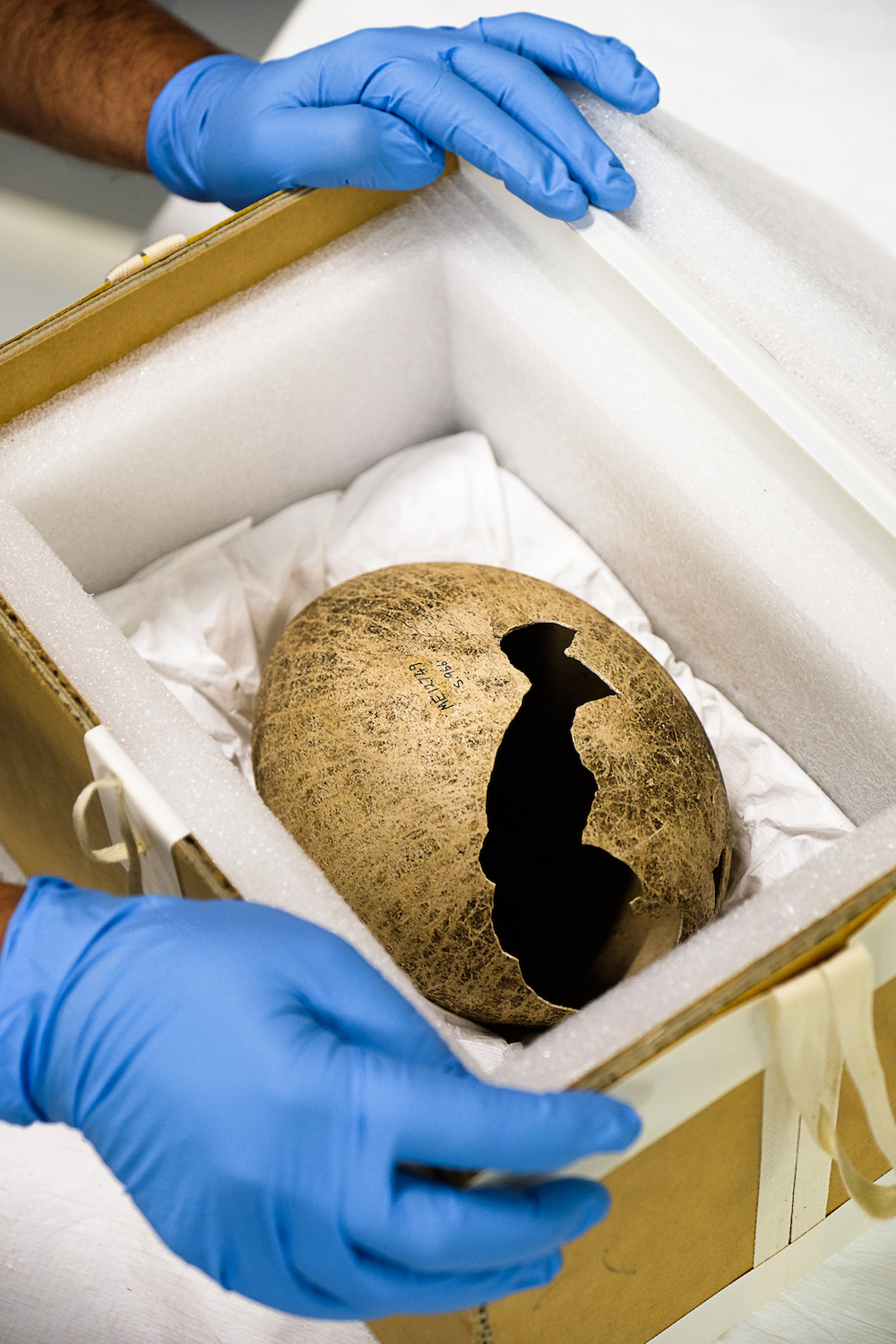Every year, around 4 billion toothbrushes are discarded worldwide, most of them ending up in landfills or making their way into our oceans. To put that in perspective, 4 billion toothbrushes laid end-to-end could circle the Earth roughly 12 times.1 This daily dental care item has a far-reaching environmental footprint that extends well beyond our bathrooms.
Plastic toothbrush waste by the numbers
• Billions discarded: Of the 4 billion plastic toothbrushes thrown away annually, 1 billion are discarded each year in the United States alone, generating about 50 million pounds of waste. Almost every plastic toothbrush we’ve ever used still exists somewhere on the planet, either in a landfill or the environment.
• Non-recyclable: Unlike some plastics, toothbrushes are difficult to recycle. They are often made of multiple plastic types that aren’t accepted in municipal recycling streams. As a result, 99 per cent of toothbrushes and other oral care products end up in landfills.2
• Durability: Once tossed out, plastic toothbrushes persist for centuries. They do not biodegrade; instead, a toothbrush can take around 500 years or more to decompose.3 In practice, this means nearly every toothbrush made since the 1930s (when plastics entered toothbrush design) remains in existence today as waste.
• Accumulating waste: If every person followed dentist recommendations to replace their toothbrush every 3–4 months, the world could generate on the order of 29 billion discarded toothbrushes per year – roughly 600 million kilograms of plastic waste annually.4 Even though not everyone uses that many, the cumulative burden of toothbrush waste is enormous and growing.
These figures highlight why plastic toothbrushes have become an environmental headache. They create a steady stream of plastic that piles up in landfills and sometimes leaks into natural environments.
Long-term consequences: Landfills overflowing and microplastic pollution
Because plastic is so durable and not biodegradable, landfills are filling up with items that won’t break down. Over time, the sheer volume of slow-rotting plastics contributes to landfill overflow and pressures waste management infrastructure. Experts estimate that by 2050, about 12,000 million metric tons of plastic waste will be in landfills or scattered in the natural environment if current trends continue.
As plastic toothbrushes age, they don’t disappear – they break into smaller pieces. Sunlight, heat and physical abrasion cause discarded plastics to fragment into tiny bits known as microplastics.5 These particles (often smaller than 5 millimetres) are virtually permanent in the environment. Microplastics have been detected everywhere from deep ocean water to arctic snow, and they pose a hidden long-term threat:
• Soil and water contamination: In landfills, plastic fragments can leach into soils or be carried away by wind and rain. Eventually, microplastic particles find their way into rivers and oceans. Studies show that once plastic enters the ocean, it never fully biodegrades, instead breaking into ever-tinier pieces that persist indefinitely.
• Ecosystem disruption: These microplastic particles wreak havoc on ecosystems when ingested by organisms. They can absorb toxic chemicals from the environment and then release them inside the bodies of wildlife that mistake them for food. Over time, microplastics accumulate in food webs, potentially affecting growth, reproduction and survival of aquatic life.6
• Food chain and human health: As plastics degrade into microscopic form, they are consumed by small marine creatures (like plankton and fish larvae), which are then eaten by larger animals. In this way, microplastics enter the food chain. They have been found in fish and shellfish sold for human consumption, in sea salt and even in human blood and organs. The idea of our toothbrushes ultimately ending up on our dinner plates in trace form is an unsettling consequence of plastic pollution.
Pollution in oceans and harm to wildlife
Not all toothbrushes stay buried in landfills. Many enter the natural environment through littering, improper waste disposal or escaping from trash systems. Once in the open, waterways can carry these plastics to the sea. Plastic toothbrushes are commonly found as marine debris on beaches and in ocean gyres.
In one example, conservation teams in the remote Midway Atoll (in the Pacific Ocean) collected 705 discarded toothbrushes during shoreline cleanups in a single year– evidence that even uninhabited islands are receiving our waste.7
Beach cleanups around the world report toothbrushes among the common plastic items recovered. In Hawaii, volunteers have noted finding dozens of toothbrushes in single cleanups. And in Bali, Indonesia, a social media post by an ocean cleanup organisation showed buckets filled with colourful toothbrushes that had washed ashore.
Studies have found that many marine animals ingest plastic debris, which can cause digestive blockages, internal injuries or starvation as the plastic fills their stomach. For example, seabirds like albatrosses have been documented feeding plastic objects to their chicks by accident. Tragically, it’s estimated that 1 million seabirds die each year due to plastic ingestion or entanglement.
The problem is widespread across species and geographies. Approximately 90 per cent of all seabird species have plastic in their stomachs today, and that percentage is projected to rise to 99 per cent by 2050 if current pollution rates continue.8 Half of all sea turtles have eaten plastic at some point. A report by the marine conservation group Oceana documented nearly 1,800 instances of marine animals (from 40 different species) swallowing or being entangled in plastic along U.S. coasts over about a decade.9 Disturbingly, toothbrushes were among the diverse plastic items found causing harm.
When animals ingest plastic toothbrush fragments or microplastics, those contaminants can also bioaccumulate. Predators absorb the plastic from their prey, meaning top-of-the-food-chain species (sharks, whales, dolphins and even humans) ultimately end up with the highest loads of microplastic.
The lasting legacy of a “disposable” toothbrush
The humble plastic toothbrush’s convenience hides a multigenerational environmental cost. The long-term consequences of plastic toothbrush disposal are sobering. We face overflowing landfills packed with plastic that won’t decay and oceans slowly turning into plastic soup.
If we continue on this path, we could see a world by mid-century where plastic outweighs fish in the sea (by one oft-cited estimate) and where virtually no ecosystem is free from synthetic debris. Each plastic toothbrush is a tiny part of this much larger problem, but it’s an item we can address by changing habits and materials.
Increasingly, consumers and researchers are looking to sustainable alternatives – from biodegradable bamboo toothbrushes to recyclable brush heads – to reduce this source of waste.
Ultimately, tackling toothbrush waste is one small but significant step toward reining in the plastic that is choking our planet. As the statistics and science show, even the smallest everyday items can have huge environmental impacts, and it’s up to us to decide what legacy we leave on our Earth: one of plastic waste, or one of positive change.
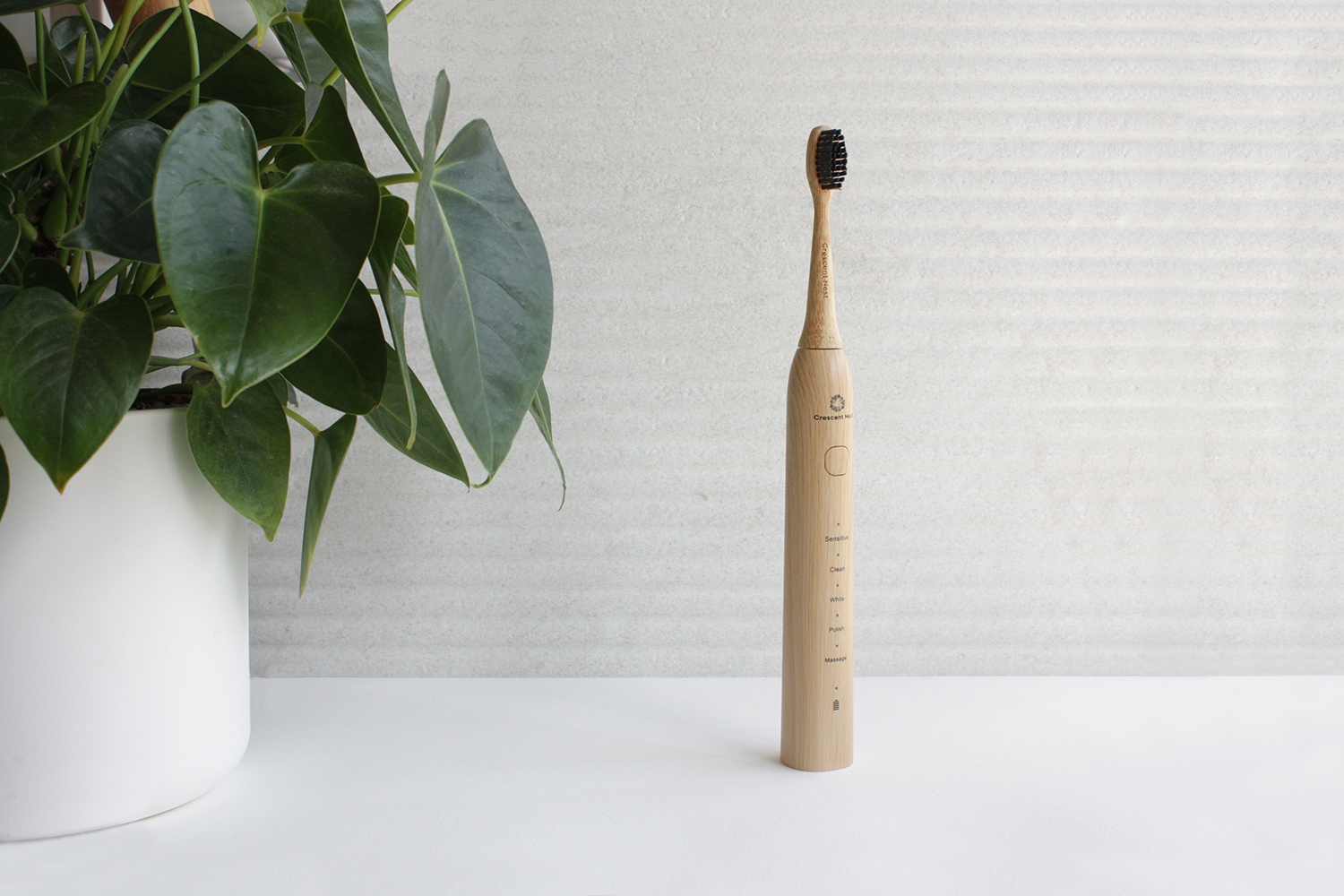
What can you choose instead of your usual plastic toothbrush?
While numerous brands offer alternatives to plastic toothbrushes, one that truly distinguishes itself, and a tried and tested of ours, is Crescent Nest. This New Zealand-based company combines advanced oral care technology with sustainable design, featuring a bamboo-inspired handle, recyclable components and compostable brush heads.
Crescent Nest’s commitment extends beyond product design; for every toothbrush sold, they partner with One Tree Planted to support global reforestation efforts. Additionally, their Care+ Plan ensures a lifetime guarantee, promoting a long-lasting, eco-friendly oral care routine. Choosing a toothbrush brand that does good and thinks about the impact of their products means investing in both your dental health as well as the planet’s well-being!
Sources:
- SURI Sustainable Oral Care – Our Story (plastic toothbrush statistics), trysuri.com
- Coleman, Saskia – When Women Inspire (Interview on toothbrush waste), whenwomeninspire.com
- Hostetter, Kristin – Outside Online (plastic toothbrush decomposition & U.S. waste data), outsideonline.com
- Mehler, Monique – Dental Tribune International (global toothbrush waste estimates and recyclability), dental-tribune.com
- NOAA – A Guide to Plastic in the Ocean (microplastic formation and impacts), oceanservice.noaa.gov
- VirtueBrush Blog – The Alarming Environmental Cost of Plastic Toothbrushes (marine life harm), virtuebrush.com
- NOAA Marine Debris Program – Photo Gallery (Midway Atoll toothbrush cleanup data), marinedebris.noaa.gov
- WWF Report – Plastic Pollution and Marine Life (impacts on seabirds, turtles, and food chain), wwf.org.uk
- Oceana Report – Marine Animals and Plastic Ingestion (incidents of entanglement/ingestion), usa.oceana.org


